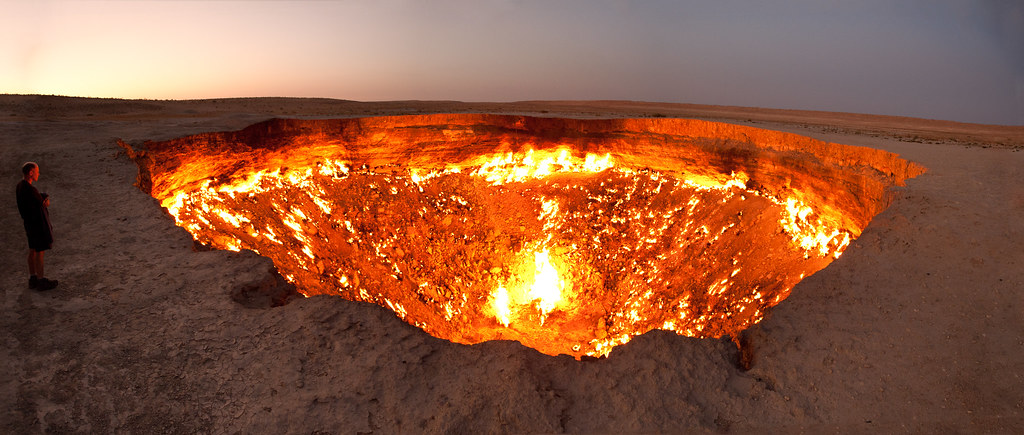Abstract
An innovative algorithm for detecting collisions of high-speed particles within nuclear fusion reactors has been developed, inspired by technologies used to determine whether bullets hit targets in video games. This advancement enables rapid predictions of collisions, significantly enhancing the stability and design efficiency of future fusion reactors.
Professor Eisung Yoon and his research team in the Department of Nuclear Engineering at UNIST announced that they have successfully development of a collision detection algorithm capable of quickly identifying collision points of high-speed particles within virtual fusion devices. When applied to the Virtual KSTAR (V-KSTAR), this algorithm demonstrated a detection speed up to 15 times faster than previous methods. The V-KSTAR is a digital twin that replicates the Korean Superconducting Tokamak Advanced Research (KSTAR) fusion experiment in a three-dimensional virtual environment.
Fusion energy, often referred to as artificial sun energy, relies on the injection of high-energy neutral particles to heat the reactor core to temperatures akin to those found in the sun. However, if some of these particles stray from their designated paths and collide with the reactor wall, they can cause damage or disrupt the fusion process.
The research team has combined collision detection algorithms from the gaming industry to tackle this collision detection challenge, resulting in a new algorithm that operates 15 times faster than the traditional Octree method. The Octree method divides space into distinct sections and checks for particle presence within those sections; conversely, the newly developed algorithm performs calculations only when necessary.
Previously, the detection process required constant calculations of approximately 300,000 particles colliding with walls divided into 70,000 triangles. With the implementation of the new algorithm, about 99.9% of calculations can now be excluded through simple arithmetic operations. Additionally, the triangle partitioning of the collision area facilitates the computation of intersection points between particle trajectories and wall surfaces, even within the complex three-dimensional shapes of fusion reactor structures.
This algorithm effectively highlights heat concentration areas on the inner wall within the V-KSTAR display, allowing designers without specialized knowledge to intuitively identify risk zones.
"Our algorithm has enabled the Korean Institute of Fusion Energy (KFE) to enhance its neutral particle beam simulator by extending it into a three-dimensional framework," said Professor Yoon. "This advancement allows for improved visualization of light path distributions in optical diagnostic equipment and supports the analysis of magnetic field perturbations. Furthermore, the collision detection algorithm we developed serves as a crucial technological innovation, playing a significant role in the comprehensive three-dimensional expansion of V-KSTAR beyond just tracking neutral particle beams."
He added, "We are planning further research based on GPU supercomputers, which offer faster processing speeds than conventional CPU computers. This will facilitate high-speed computations crucial for our ongoing projects."
The findings of this research have been published in the April 2025 issue of Computer Physics Communications. This research was supported by R&D Program through the KFE and the Korea Institute of Energy Technology Evaluation and Planning and the Ministry of Trade, Industry and Energy (MOTIE). Computing resources were provided on the KFE computer, KAIROS, funded by the Ministry of Science and ICT (MSIT).
Journal Reference
Taeuk Moon, Tongnyeol Rhee, Jae-Min Kwon, and Eisung Yoon, "Development of novel collision detection algorithms for the estimation of fast ion losses in tokamak fusion device," Comput. Phys. Commun., (2025).






